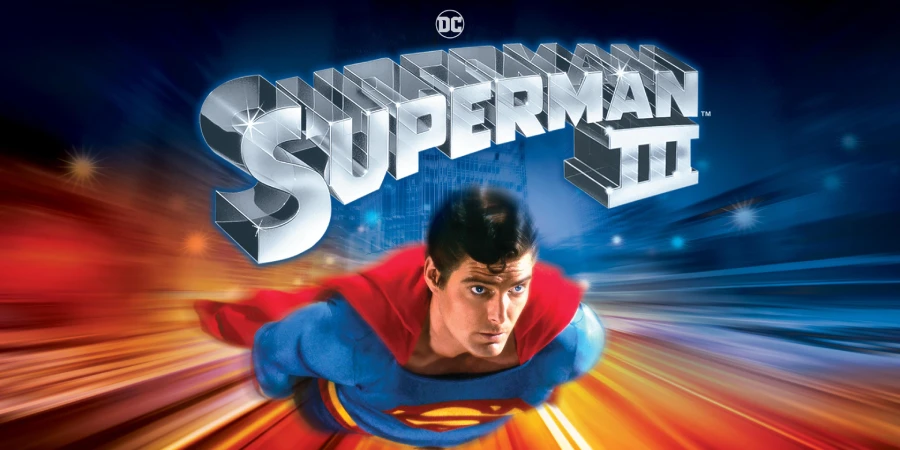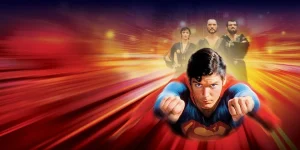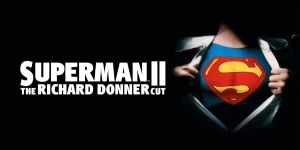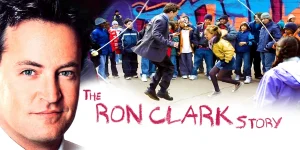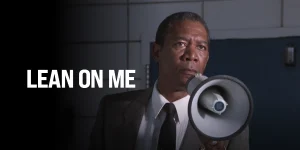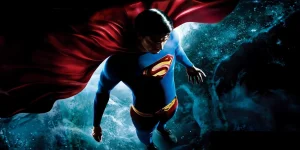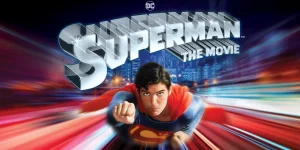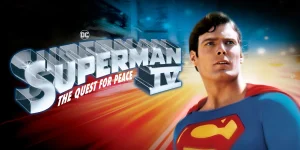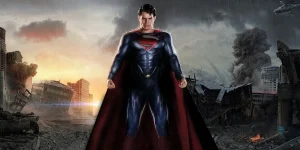Superman III is the third entry in the original Superman film series, directed by Richard Lester. Following the emotional highs and dramatic weight of Superman II, this installment takes a more comedic and lighter approach, introducing a new villain played by Richard Pryor and shifting the tone from superhero drama to sci-fi slapstick. Let’s break it down from plot to trivia and everything in between.
Table of Contents
ToggleDetailed Summary
Opening Sequence: Chaos in Metropolis
The film kicks off with an elaborate and somewhat absurd slapstick sequence in Metropolis, full of visual gags, misunderstandings, and accidents. Amidst the chaos, we’re reintroduced to Clark Kent (Christopher Reeve) as he fumbles his way through daily life while occasionally transforming into Superman to stop disasters.
Gus Gorman: From Unemployed to Unwitting Hacker
Enter Gus Gorman (Richard Pryor), a down-on-his-luck man who accidentally discovers he has a talent for computer programming. He is quickly hired by megalomaniacal CEO Ross Webster (Robert Vaughn), who realizes he can use Gus’s skills for global manipulation.
Gus is tasked with using computers to control satellites and even manipulate the weather. One scheme involves targeting Colombia with a weather satellite to destroy their coffee crops and boost Webster’s market share. Superman foils the plan, but the seeds of the central conflict are planted.
The Return to Smallville
Clark returns to his hometown of Smallville for a high school reunion, reconnecting with old flame Lana Lang (Annette O’Toole). This subplot brings warmth and nostalgia, contrasting with the film’s chaotic comedic elements. Clark begins forming a bond with Lana’s young son, and there’s a clear romantic tension between him and Lana.
Synthetic Kryptonite and the Birth of Evil Superman
Ross Webster, angry at Superman’s interference, orders Gus to create synthetic kryptonite. Since the computer can’t identify one element in the real kryptonite formula, Gus substitutes it with tar, producing a corrupted version.
The tainted kryptonite is presented to Superman under the guise of a gift, gradually affecting his behavior. He becomes moody, aggressive, and apathetic. This change culminates in Superman turning evil—committing minor acts of vandalism, seducing women, and ultimately causing an oil spill by damaging a tanker.
The Iconic Junkyard Fight: Superman vs. Clark Kent
In one of the most memorable and symbolic scenes in the Superman saga, Clark Kent and Evil Superman split into two distinct beings and engage in a physical and psychological brawl in a junkyard. The scene represents Clark’s internal battle for morality and control.
Eventually, Clark defeats his dark self, symbolizing Superman’s redemption and return to the path of justice.
The Supercomputer and the Final Confrontation
The climax takes place at Webster’s secret base in the Grand Canyon, where Gus builds an enormous supercomputer capable of defending itself and killing Superman. The machine uses a beam of pure Kryptonite, nearly killing Superman until Gus has a last-minute change of heart and disables the weapon.
Superman then returns with a vial of Beltric acid—a substance that becomes volatile in high temperatures—and feeds it into the computer’s system, causing it to explode. The supercomputer’s AI briefly turns Ross Webster’s sister Vera into a terrifying cyborg, which haunted many young viewers.
After saving the day, Superman punishes Ross and his accomplices non-violently and flies off—restored, heroic, and back to form.
Movie Ending
In the final scenes, Superman repairs the damage he caused while under the influence of the synthetic kryptonite. He fixes the oil tanker, cleans up the spill, and returns the Leaning Tower of Pisa to its original (tilted) state after having previously “corrected” it during his bad phase.
Gus refuses Ross Webster’s offer to escape justice and instead seeks honest work. Superman drops Gus off in a small town, suggesting he use his skills constructively. Meanwhile, back in Metropolis, Clark says goodbye to Lana Lang, who takes a new job at the Daily Planet, potentially setting up a love triangle that was never developed in future films.
Superman soars into the sky, a restored symbol of truth and justice.
Are There Post-Credits Scenes?
No, Superman III does not feature a post-credits scene. The credits roll with John Williams’ iconic theme (though the score for this film was handled by Ken Thorne), and the film ends in the classic style of superhero films from the pre-Marvel era.
Type of Movie
- Genre: Superhero, Science Fiction, Comedy
- While technically a superhero movie, Superman III leans heavily into campy sci-fi comedy, especially due to Richard Pryor’s prominent role and the lighter tone introduced by director Richard Lester.
Cast
- Christopher Reeve as Clark Kent / Superman
- Richard Pryor as Gus Gorman
- Annette O’Toole as Lana Lang
- Robert Vaughn as Ross Webster
- Annie Ross as Vera Webster
- Pamela Stephenson as Lorelei Ambrosia
- Margot Kidder as Lois Lane (reduced role)
Film Music and Composer
- Composer: Ken Thorne, adapting and building on John Williams’ original Superman themes.
- The score includes comedic cues and lighter musical elements to match the film’s tone, with moments of grandeur during the action and redemption arcs.
Filming Locations
- Pinewood Studios, UK: Primary soundstage work.
- Calgary, Alberta, Canada: Served as stand-in for Smallville.
- Glen Canyon, Utah: Location for the Grand Canyon scenes and the final battle at the supercomputer.
- Metropolis scenes were shot across several cities in the UK and Canada.
The filming locations played a vital role in contrasting Superman’s humble origins (Smallville) with the urban chaos of Metropolis and the surreal showdown in the canyon.
Awards and Nominations
While Superman III didn’t receive major critical acclaim, it was nominated for:
- Saturn Award (Best Science Fiction Film) – Nomination
- Razzie Award – Richard Pryor received a nomination for Worst Supporting Actor (though his performance remains a cult favorite for many fans)
Behind the Scenes Insights
- Margot Kidder’s Lois Lane was reduced to a cameo due to off-screen disagreements with the producers.
- Richard Pryor admitted he only took the role because he was a huge fan of Superman and wanted to be in the franchise, not fully understanding the script.
- Christopher Reeve initially refused to return but came back after being promised creative input and support for his passion project, Street Smart.
- The script originally intended for Brainiac and Mr. Mxyzptlk to be villains, but budget constraints simplified the storyline.
Inspirations and References
- Loosely based on original DC Comics Superman lore, though the film’s tone deviates significantly.
- The concept of evil Superman was inspired by the Red Kryptonite storylines from the comics, though no such kryptonite exists in this continuity.
Alternate Endings and Deleted Scenes
- A longer version of the junkyard fight was filmed but trimmed for pacing.
- Several scenes featuring Gus Gorman’s backstory were cut.
- An alternate ending in which Superman confronts the U.S. government for their role in Webster’s schemes was rumored but never confirmed.
Book Adaptations and Differences
- A novelization by William Kotzwinkle was published, featuring more depth in Gus Gorman’s character and expanding the Smallville sequences.
- The book presents more of Superman’s internal struggle during his corruption, something the film only shows visually.
Memorable Scenes and Quotes
Key Scenes
- The chaotic Rube Goldberg-inspired opening in Metropolis
- Superman getting drunk and flicking peanuts at a bar mirror
- Junkyard showdown between Clark and Evil Superman
- Supercomputer attack and Vera’s terrifying cyborg transformation
Iconic Quotes
- “I ask you to kill Superman, and you’re telling me you couldn’t even do that one simple thing?” – Ross Webster
- “I don’t like violence, Mr. Webster. I’m a peaceful man.” – Gus Gorman
- “Sorry, I only do one rescue a day.” – Evil Superman
Easter Eggs and Hidden Details
- The Leaning Tower of Pisa gag is a callback to Superman’s role as an Earth-level god with no real oversight.
- The “tar” in the synthetic kryptonite is a nod to comic stories where random materials led to weird versions of kryptonite.
- The evil Superman’s behavior is reminiscent of the darker versions of the character later explored in Injustice and Zack Snyder’s Justice League.
Trivia
- Richard Pryor was paid $5 million, a record at the time for a comedic actor.
- Christopher Reeve insisted on doing many of his own stunts, including wire work.
- The film was one of the first to feature computer hacking as a central plot device.
- The production faced tension between the director’s comedic style and Reeve’s desire for a more serious tone.
Why Watch?
Watch Superman III if you want to see a very different take on the Man of Steel. It’s not as serious as the first two entries but offers moments of brilliance, particularly the junkyard fight and Christopher Reeve’s dual performance as both good and evil Superman. It’s a fascinating relic of 1980s filmmaking when superhero movies were still experimenting with tone and identity.
Director’s Other Movies
- A Hard Day’s Night (1964)
- Help! (1965)
- The Three Musketeers (1973)
- Superman II (1980) – partially directed
- Robin and Marian (1976)

